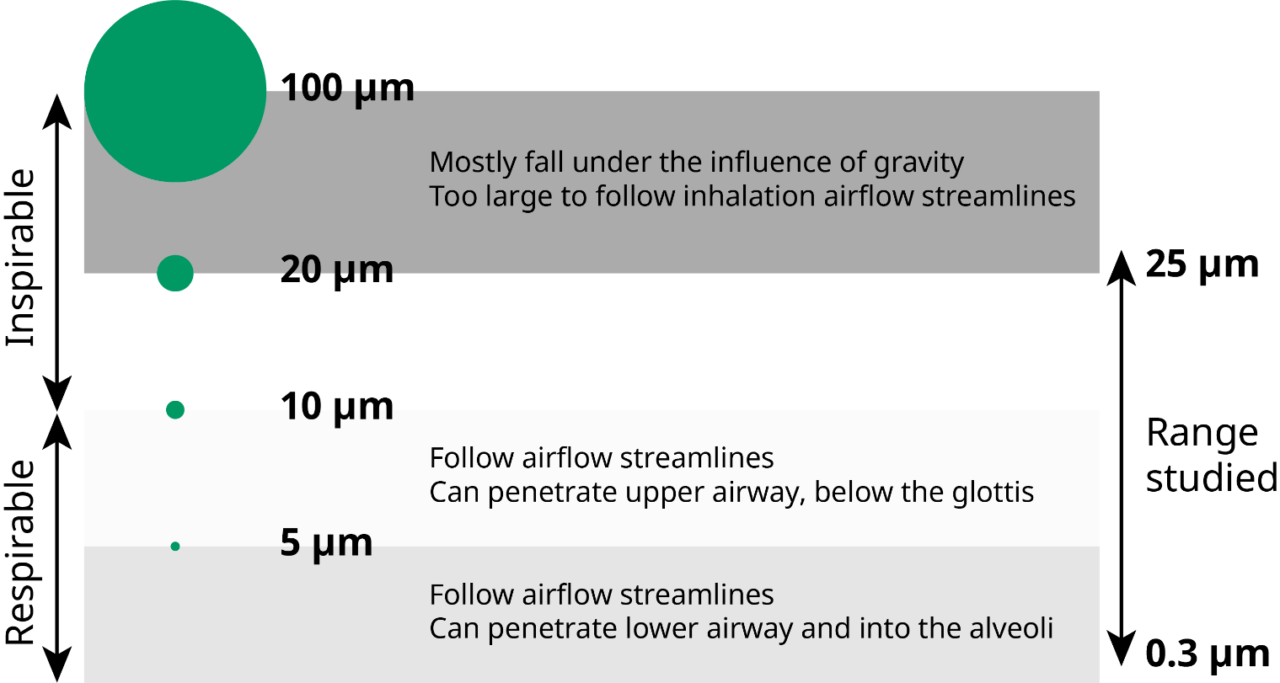Introduction
Aerosol-generating medical procedures present potential risk to practitioners, particularly during the SARS CoV-2 (COVID-19) pandemic. Particles <100 µm in diameter can be infectious. Aerosols <10 µm can follow inhalation airflow streamlines and enter the upper airway and aerosols <5 µm can reach the alveoli. The SARS CoV-2 spike protein receptor is highly expressed on type II airway pneumocytes and therefore, exposure of these cells to the virus is an infection pathway. LeConte, et al. used a cadaver model to determine the amount of aerosolized material generated during the simulated use of devices commonly used in ear, nose, and throat procedures.


The Aerin Stylus did not create aerosol above background levels during three default heat/cool cycles, with the use of lubricating jelly, in an in-office awake (exhaling) patient cadaveric model.

The authors further characterized the particles generated by cautery, high-speed drilling, bipolar radiofrequency ablation, and cryotherapy. The generated particles were ≤10 µm in diameter and are therefore respirable.
Luong, AU. MD, PhD, et. al. Aerosol generation with common rhinologic devices: Cadaveric study conducted in a surgical suite. [published online ahead of print 07 August 2020]. Int Forum Allergy Rhinol. https://doi.org/10.1002/alr.22679
Aerin Medical Contact
Email: customerservice@aerinmedical.com
Call: 833-4-VIVAER (833-484-8237)
Or submit your inquiry below and we’ll get back you within one business day.